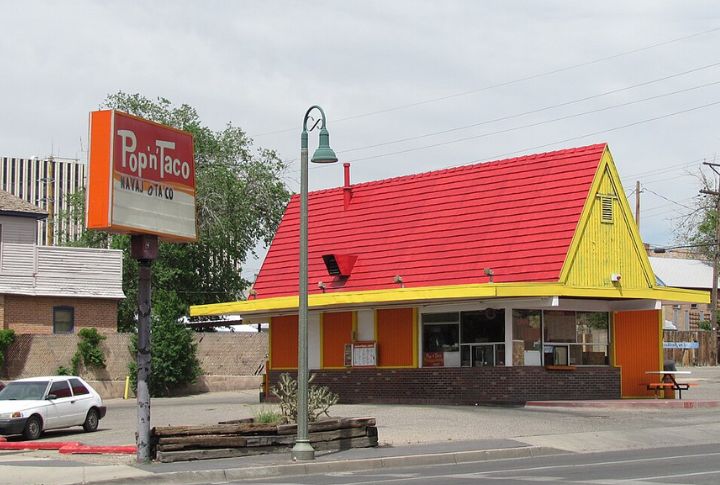
There was a time when these names were everywhere, lit up in neon or stamped onto receipts at checkout. The ’60s and ’70s birthed dozens of chains that felt unstoppable. So what happened? Let’s rewind to a groovier time and see which once-beloved brands quietly faded away.
Steak And Ale
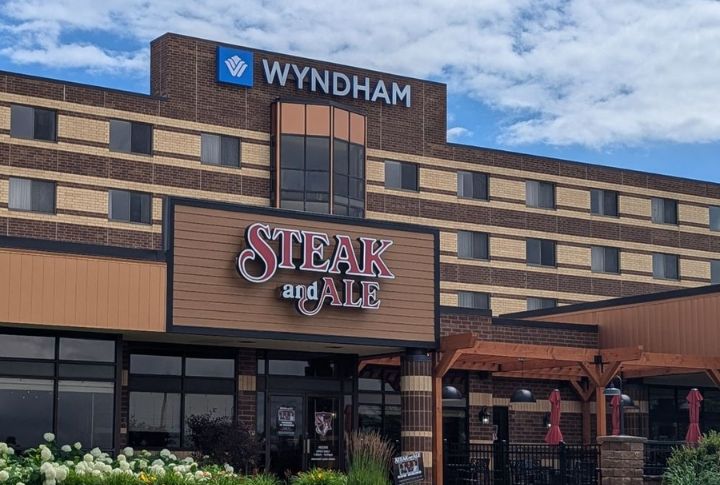
With dim booths and baked potatoes the size of your face, Steak and Ale practically invented casual dining in 1966. It grew to nearly 300 locations by the ’80s, but shifting tastes and increasing competition dimmed the lights for good by 2008. A comeback? Still MIA.
Woolco
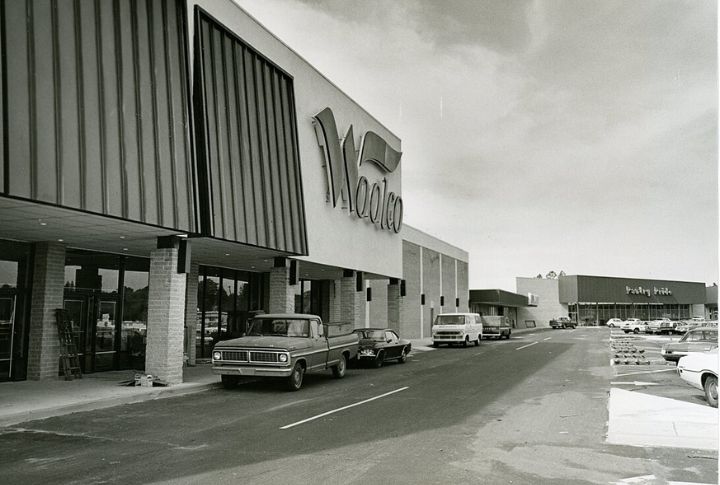
Woolco promised everything under one roof, and for a while, it delivered. Launched by Woolworths in 1962, it rapidly filled the discount retail space. But overcrowded shelves and stronger rivals nudged it out. By the ’80s, Woolco disappeared from U.S. cities without fanfare.
Victoria Station
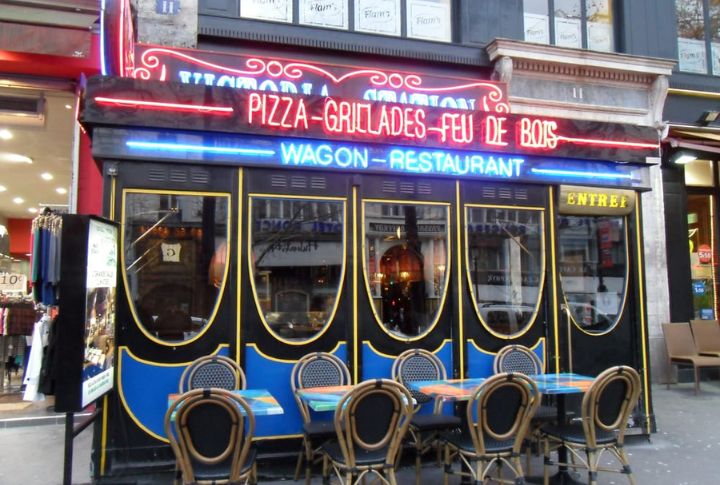
Old train cars and servers in conductor hats—Victoria Station was a dinner theater for the hungry. Founded by three Cornell grads, it took off in the late ’60s and peaked in the ’70s. But the kitschy charm wore thin; by 1986, the train stopped running.
Howard Johnson’s
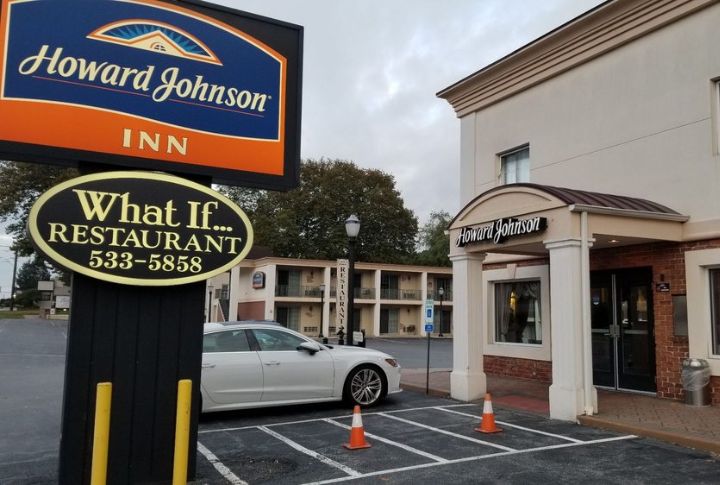
Once a roadside staple with its iconic orange roof, Howard Johnson’s became a symbol of Americana on a plate. At its peak, it had over 1,000 locations and served fried clams and nostalgia in equal measure. However, fast food took over, and HoJo’s had to pack up.
Wag’s
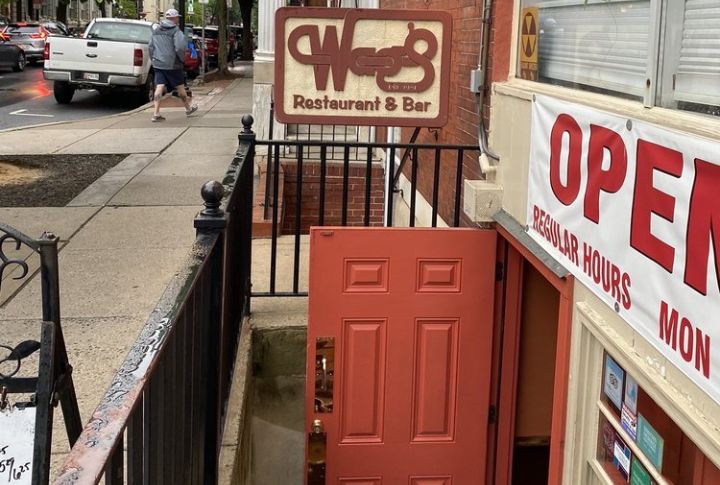
Think Denny’s vibes and late-night burgers—Wag’s had all the hallmarks of a diner-era favorite. It found footing in the ’70s, but Walgreens sold the chain off in the ’80s. Most locations had changed hands by the ’90s. Walgreens once thought diners were the future; Wag’s was the proof.
Sambo’s
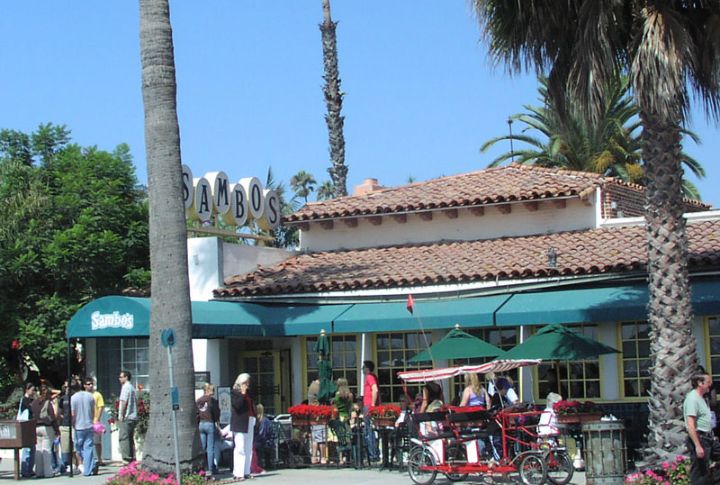
Known for its pancakes and 24-hour service, Sambo’s once had over 1,100 locations across the country. As controversy over its racially insensitive branding grew, pressure mounted, and locations either rebranded or closed. The chain began in the late ’50s but started to vanish by the early 2000s.
Pup’ N’ Taco
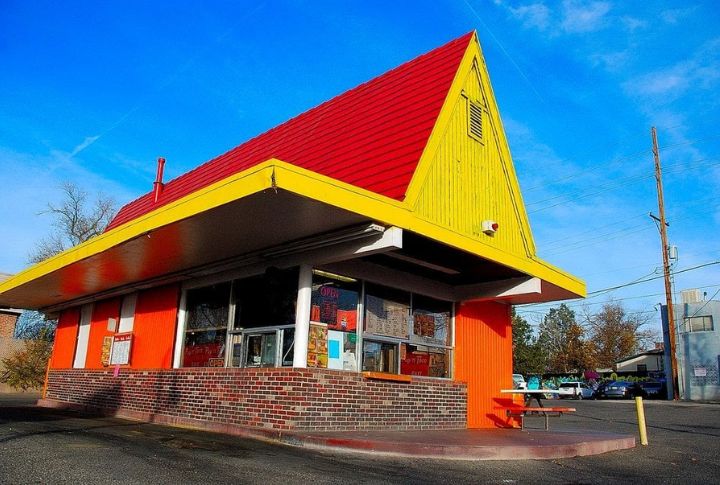
Pasadena’s Pup’ N’ Taco was quirky before quirky was cool. Where else could you order a taco and pastrami sandwich in one go? It grew past 100 locations before Taco Bell swooped in and bought most of them in 1984. The name? Lost to history.
Lums

Changing tastes and shaky leadership chipped away at Lum’s momentum. Its beer-steamed hot dogs and comfort food charm couldn’t save it—by the early ’80s, the quirky chain had vanished. Originally just a hot dog stand in Miami, it had ballooned into a national brand by the ’70s.
Burger Chef

Burger Chef basically invented combo meals. With over 1,000 locations by 1973, it was a legit contender. But unfortunately, poor management and legal tussles slowed it down. Hardee’s bought it in 1982, and the name soon disappeared, but the ideas stuck around.
Red Barn
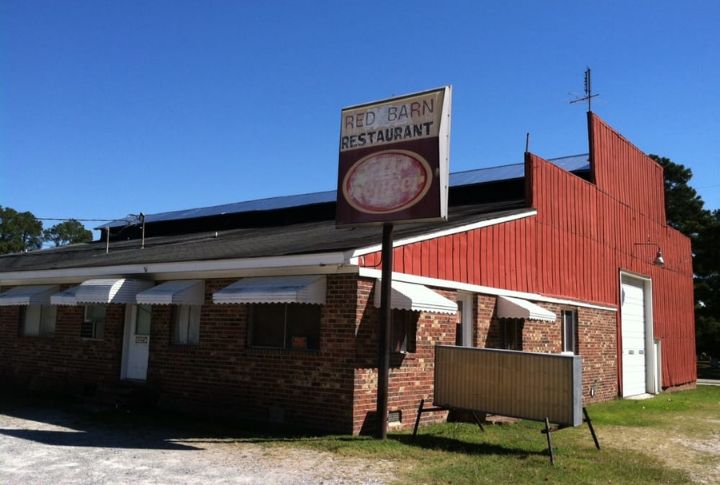
Although it peaked with 300+ locations, it never quite carved a national identity. The brand faded by the late ’80s. However, a few barn-shaped buildings still dot the map. You couldn’t miss Red Barn’s look, actual barns dishing out burgers, and quirky ad campaigns now frozen in time.
Leave a comment